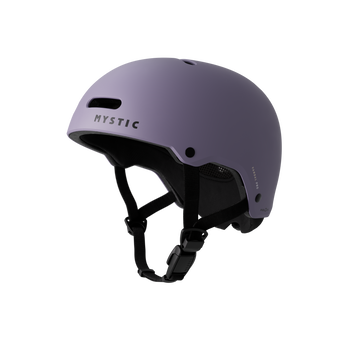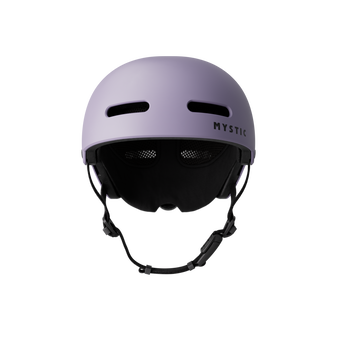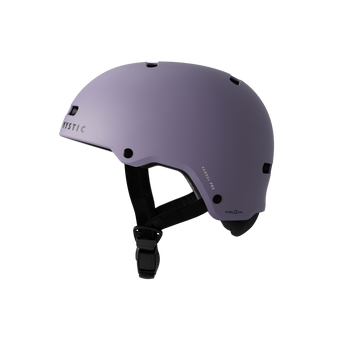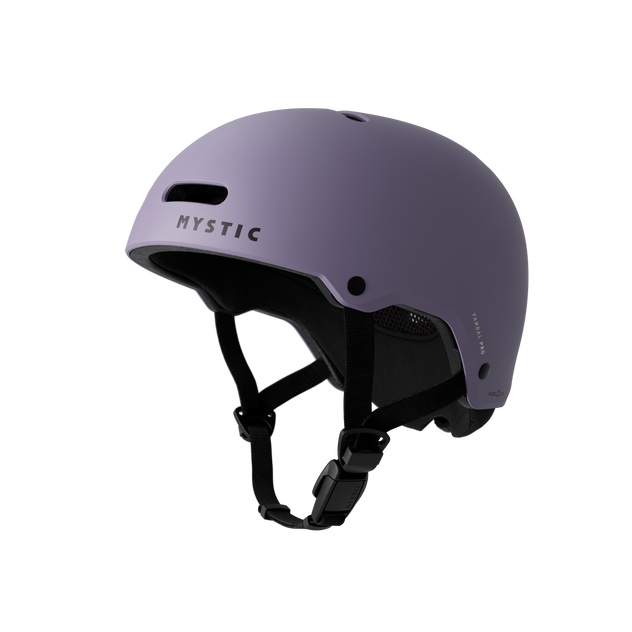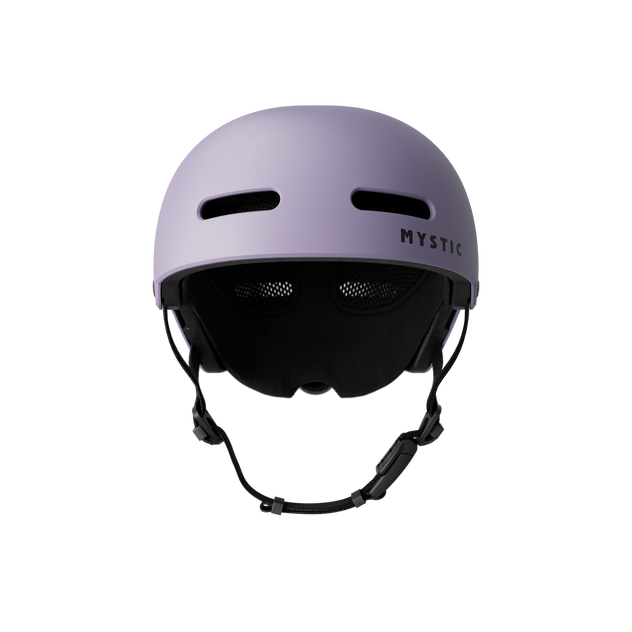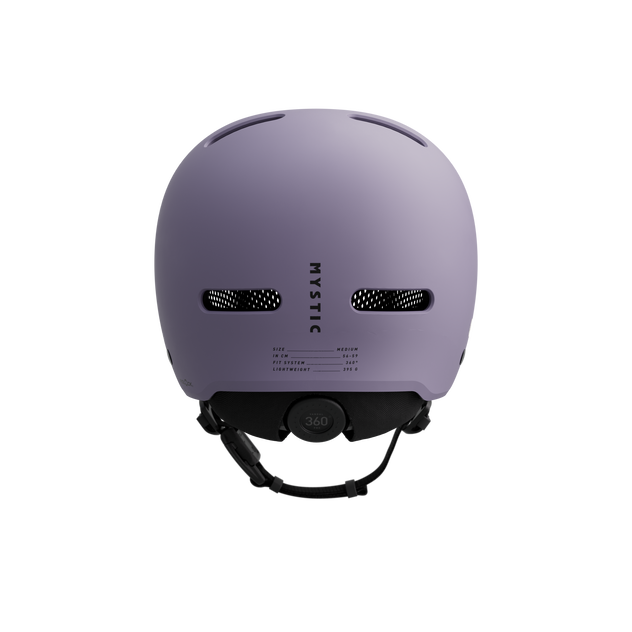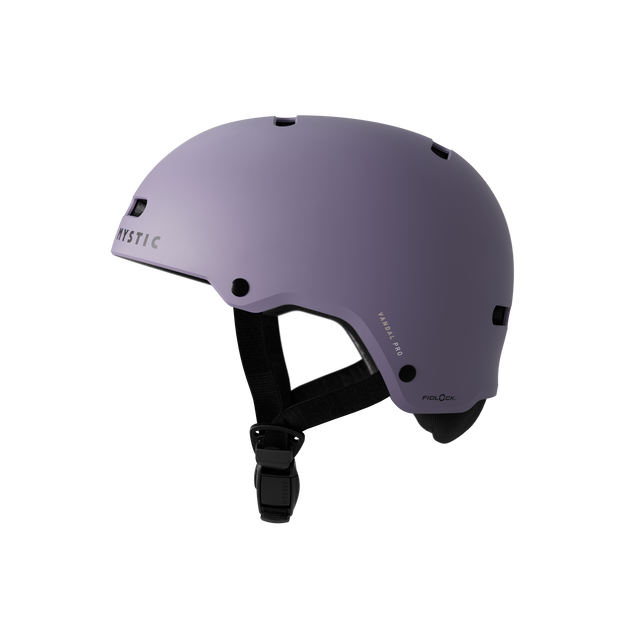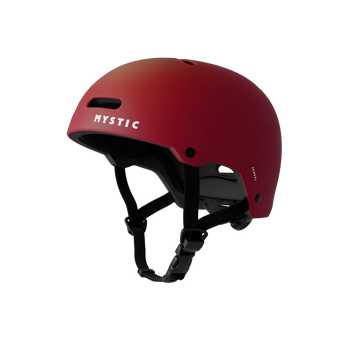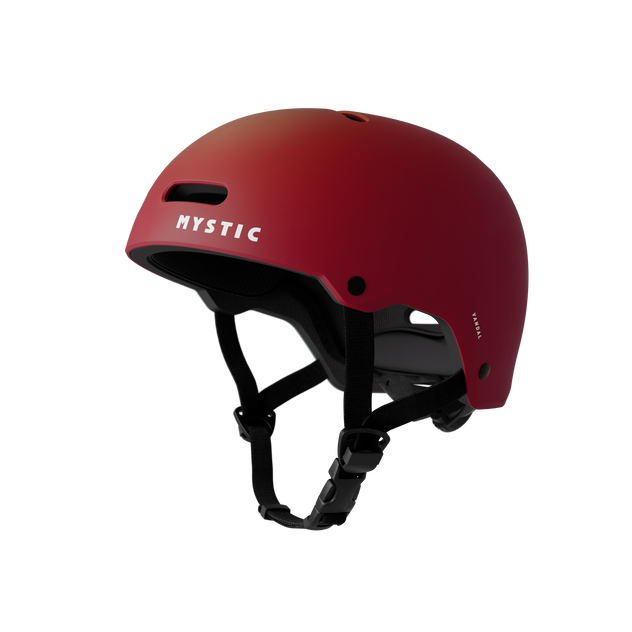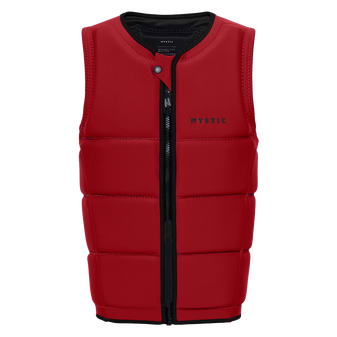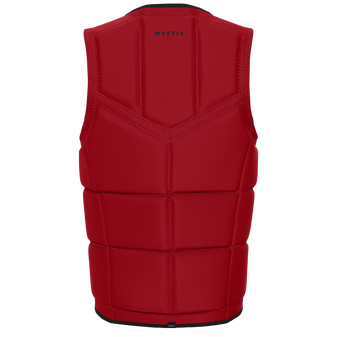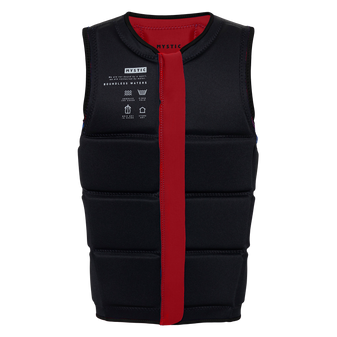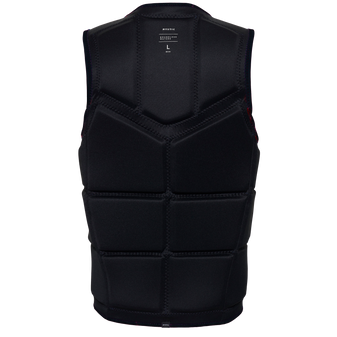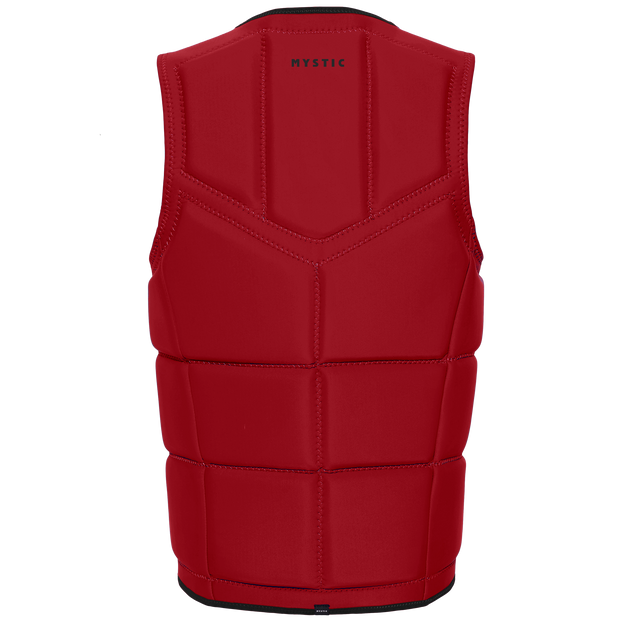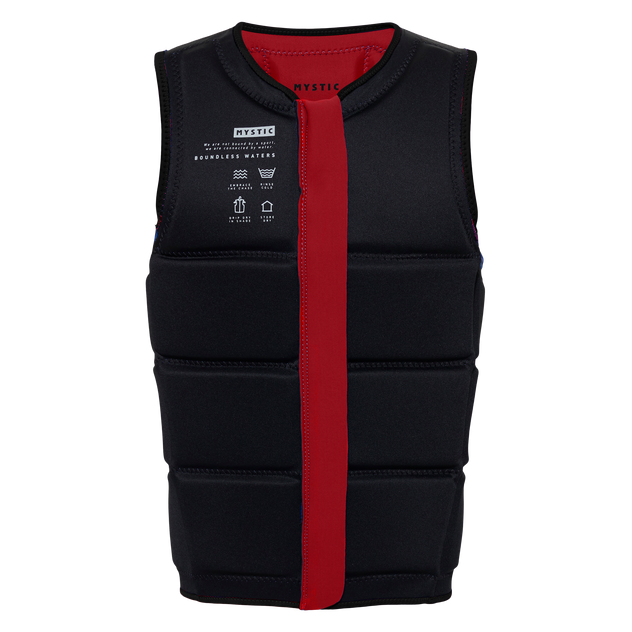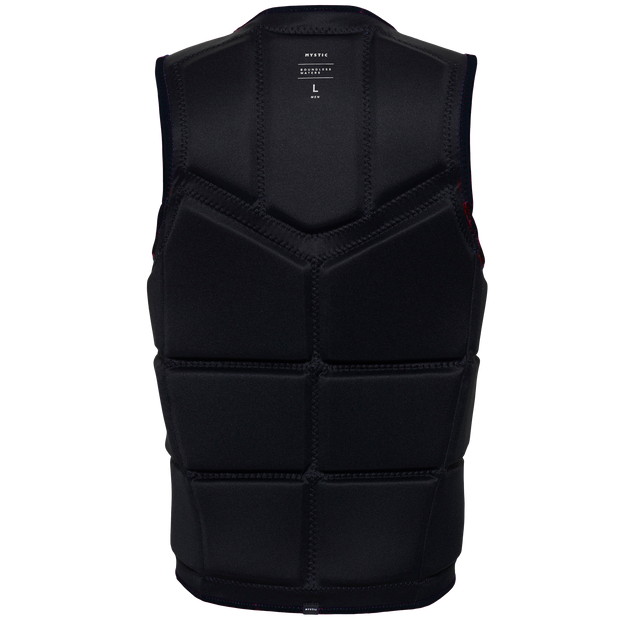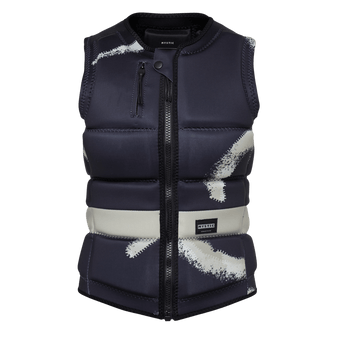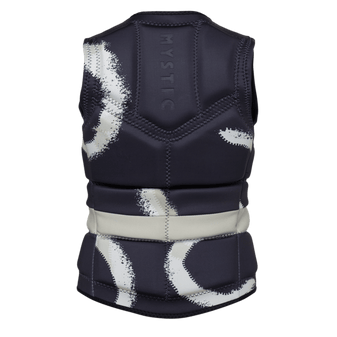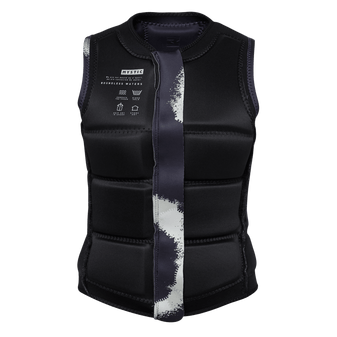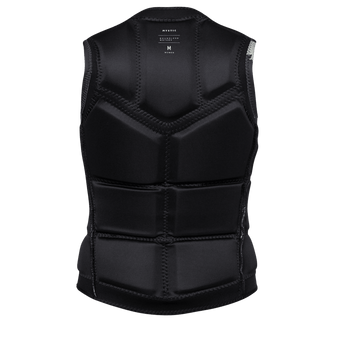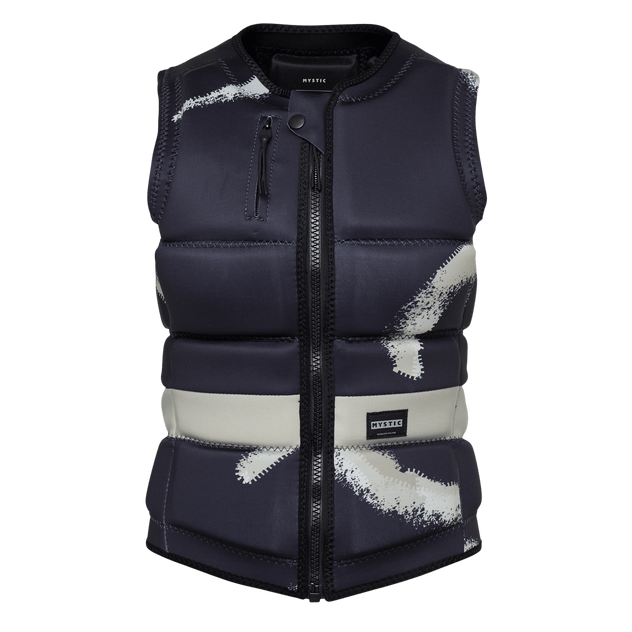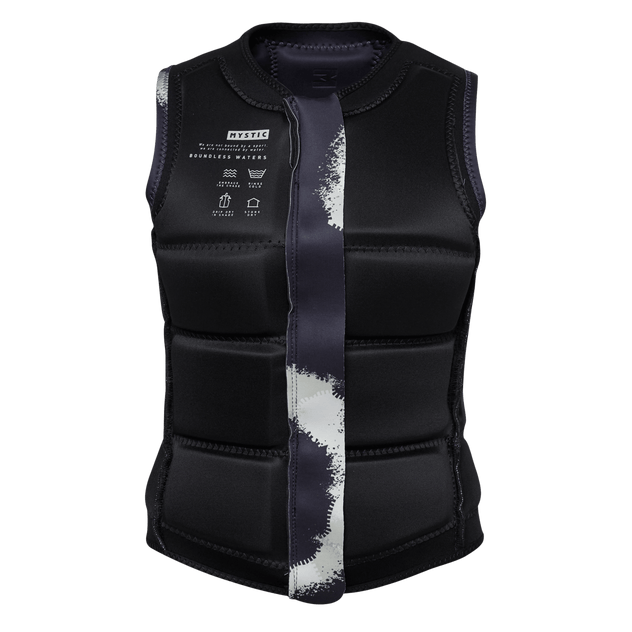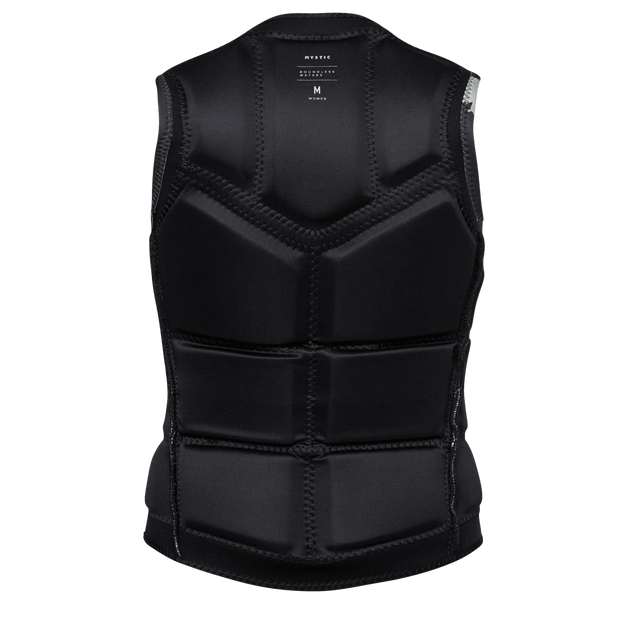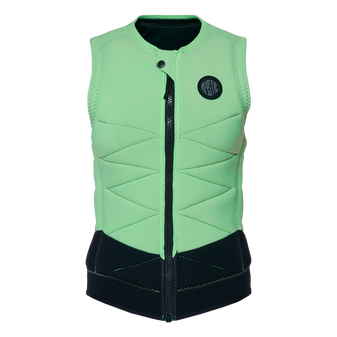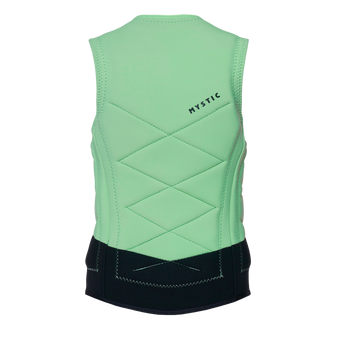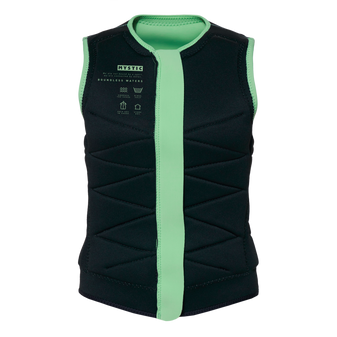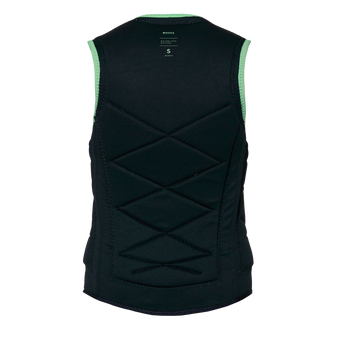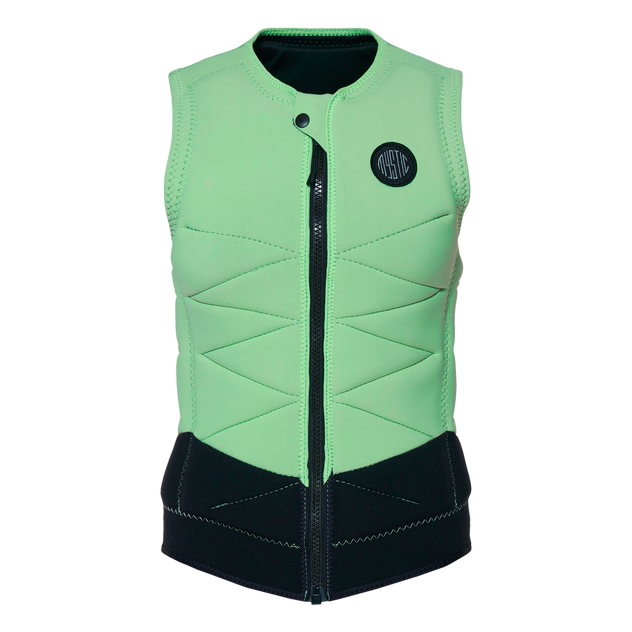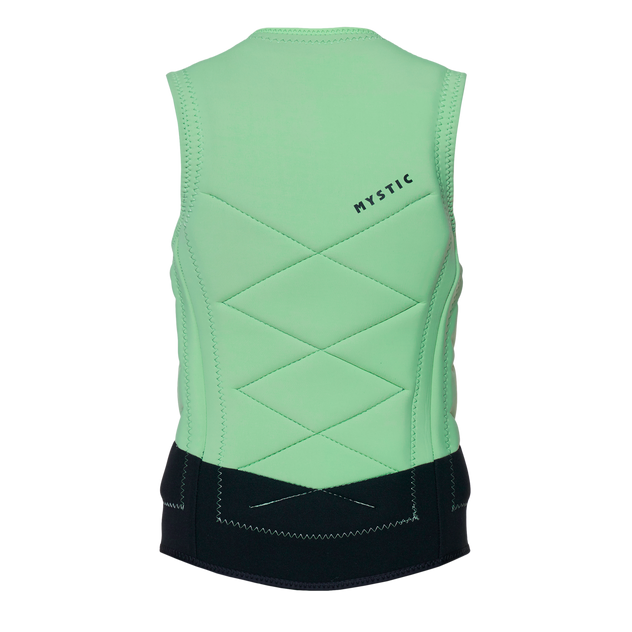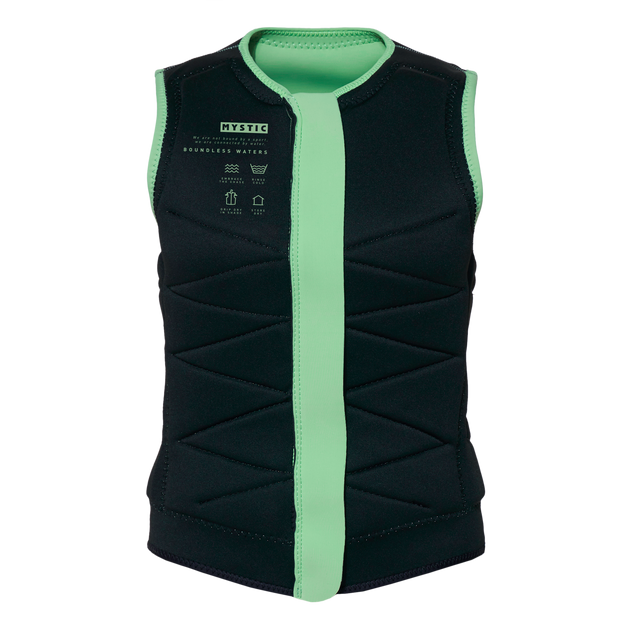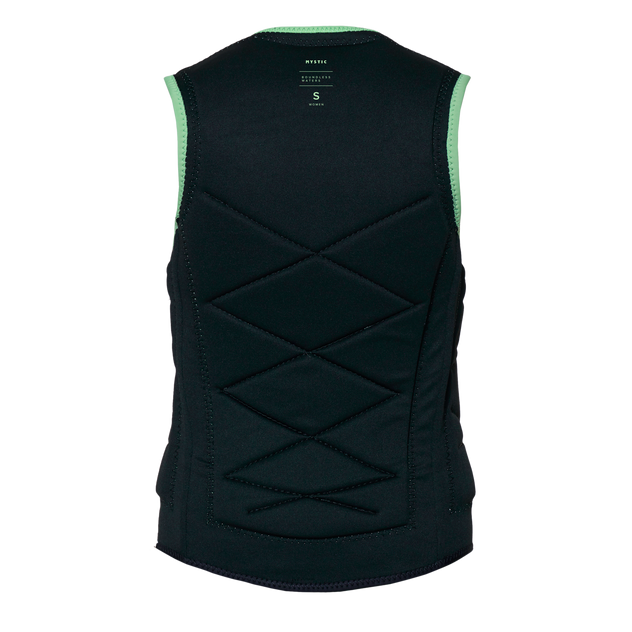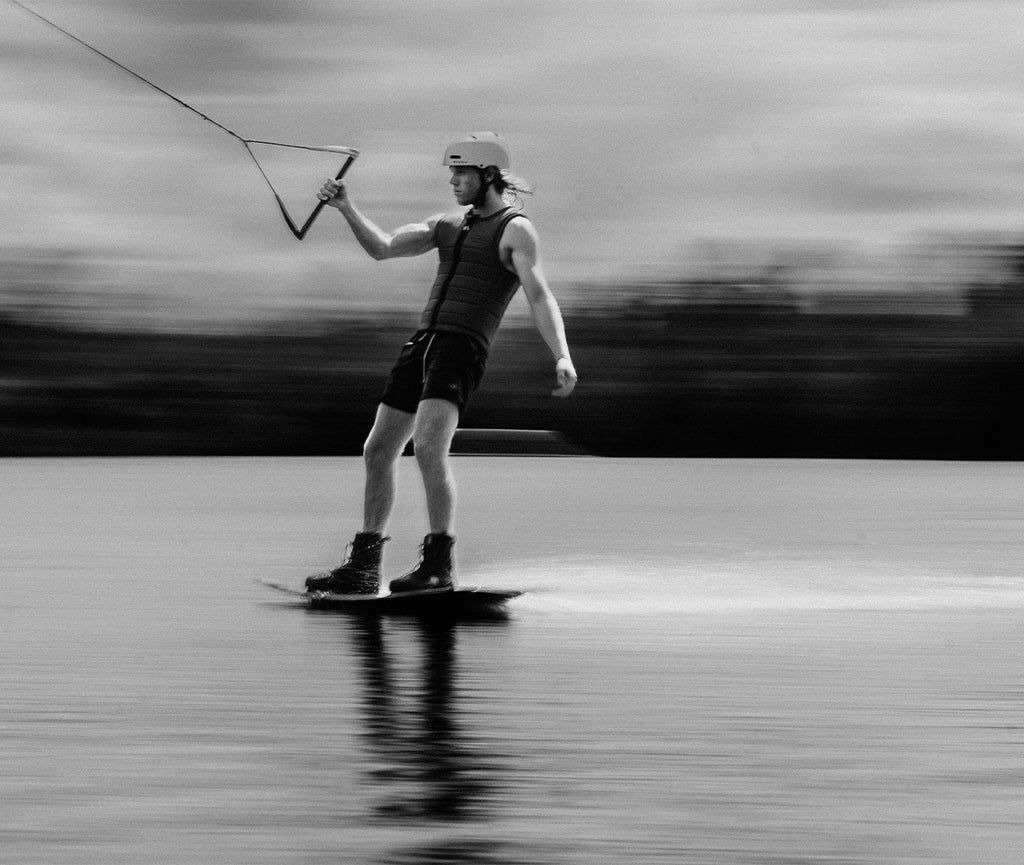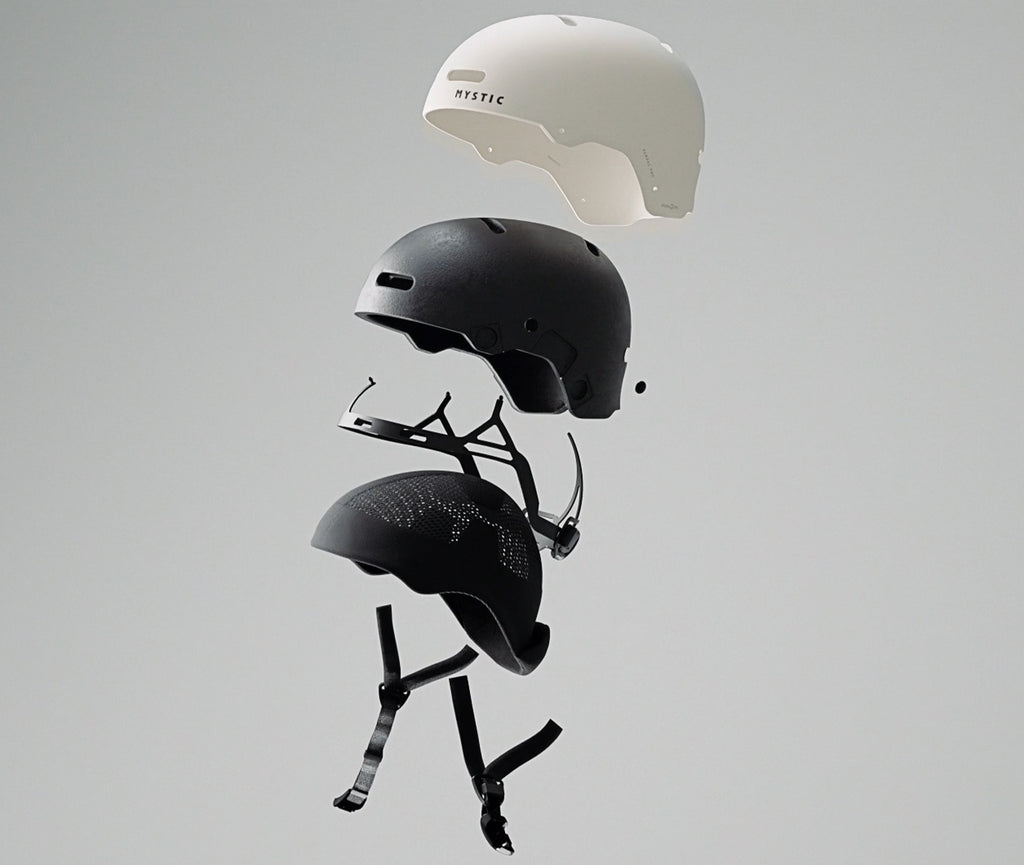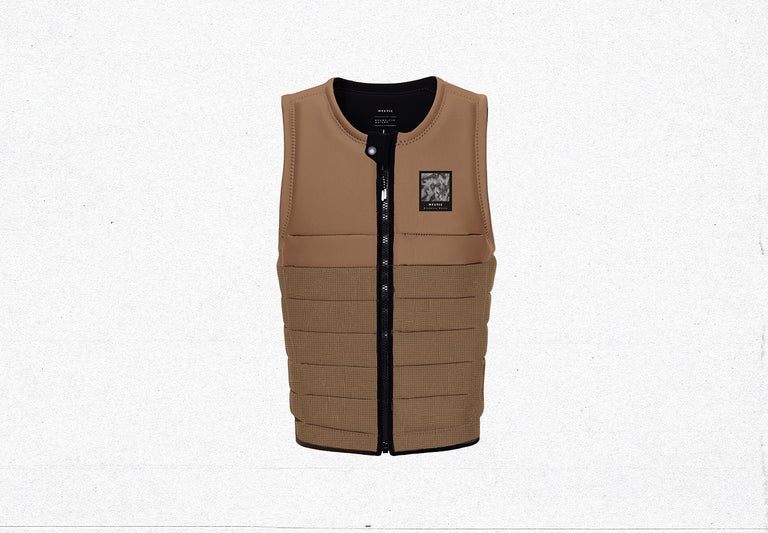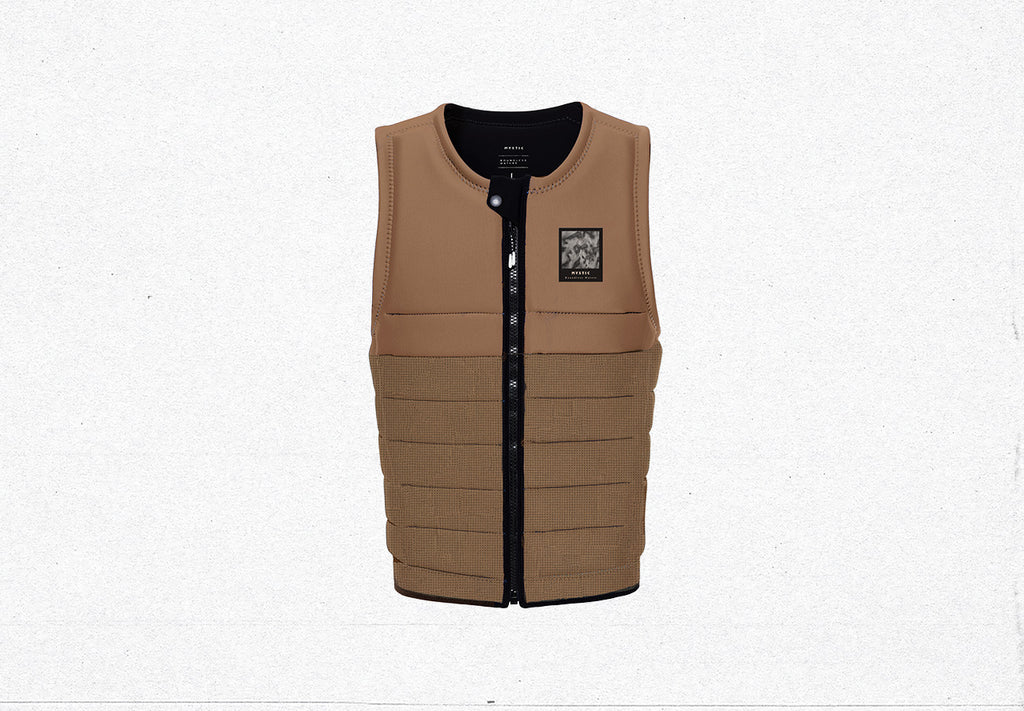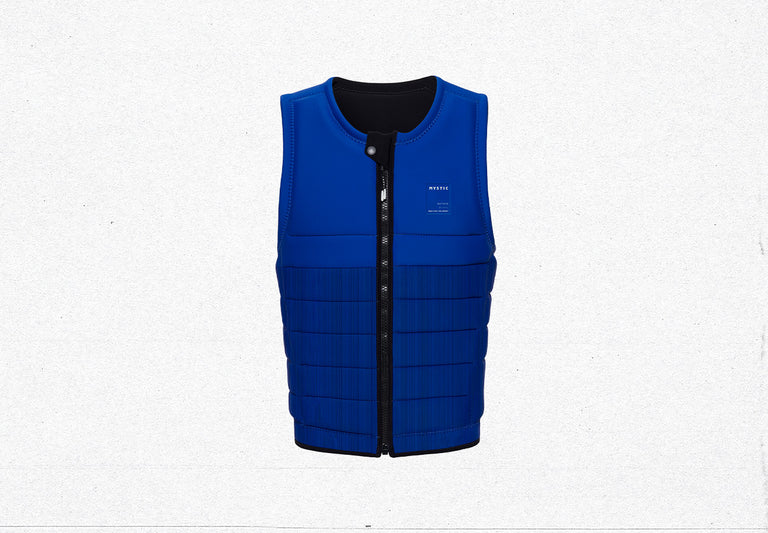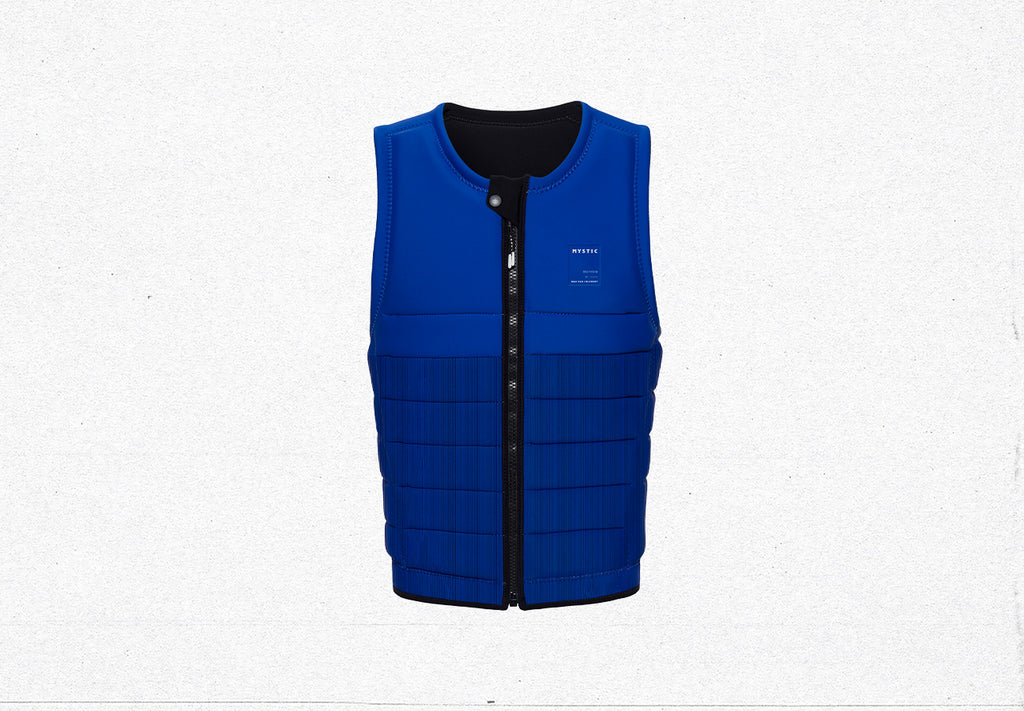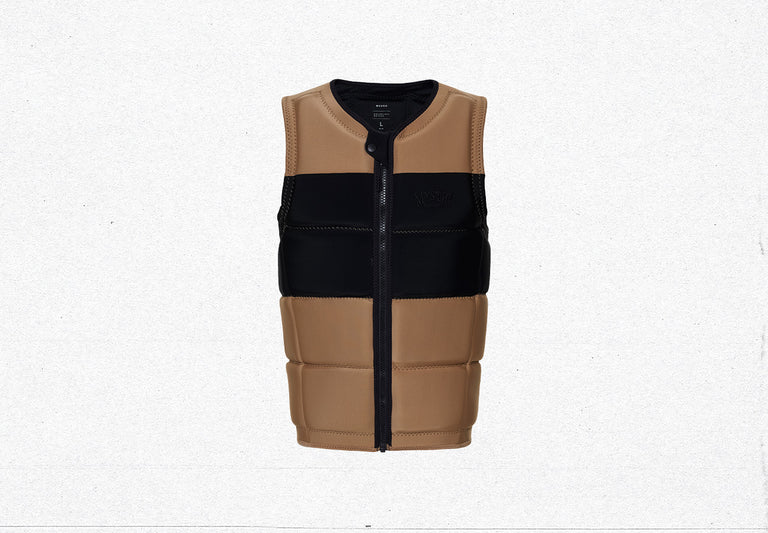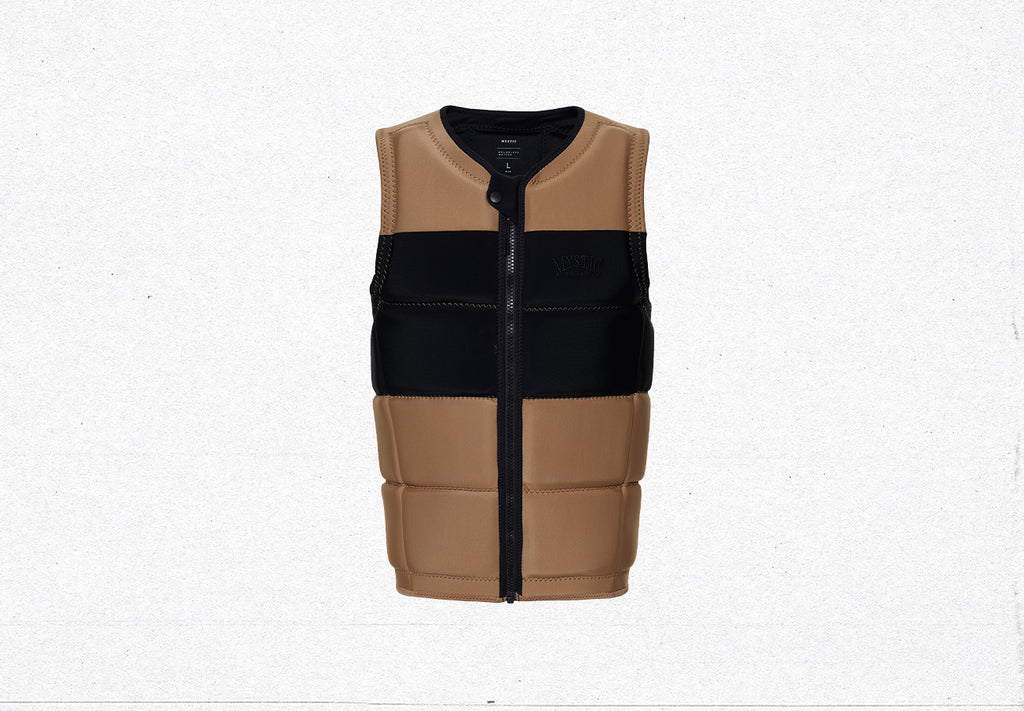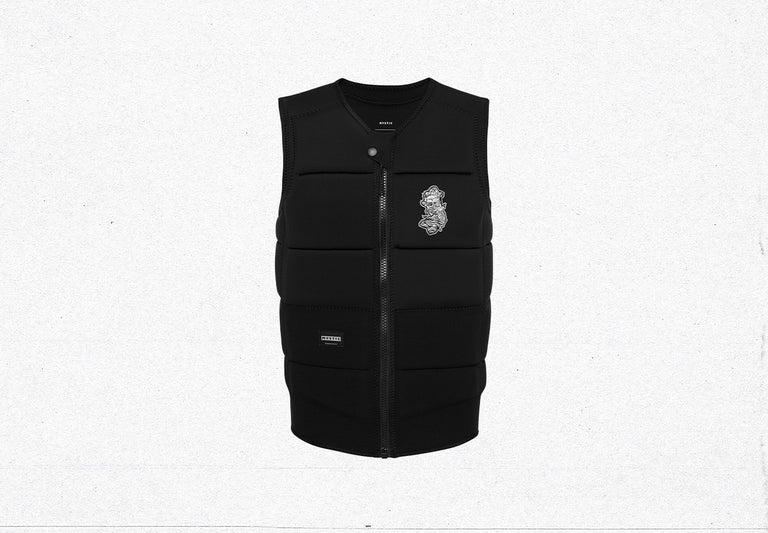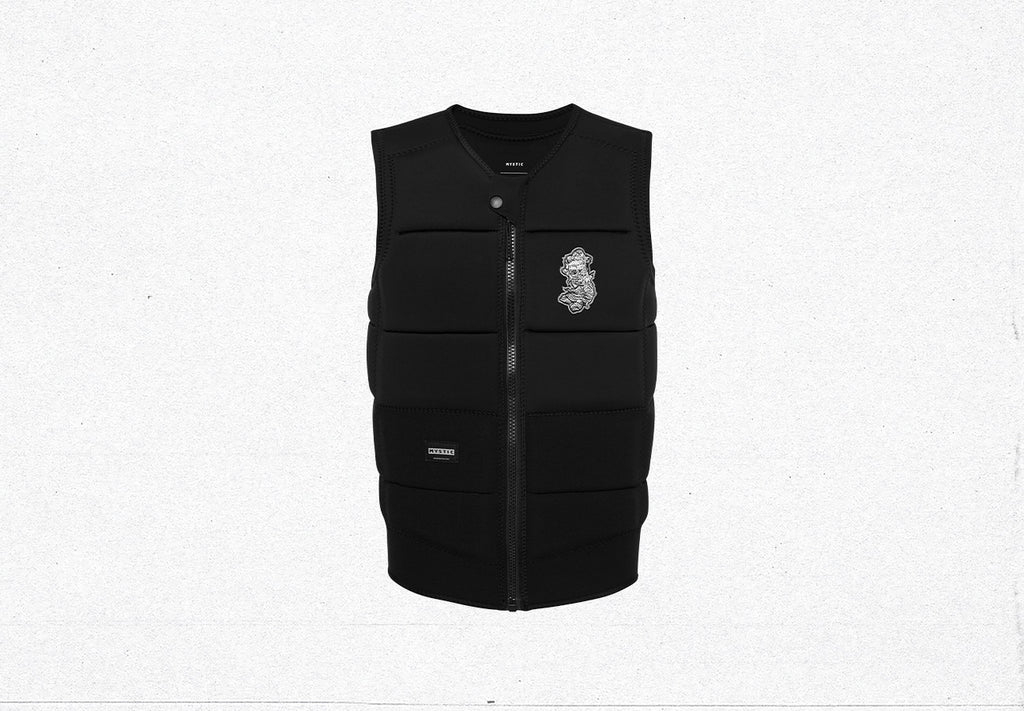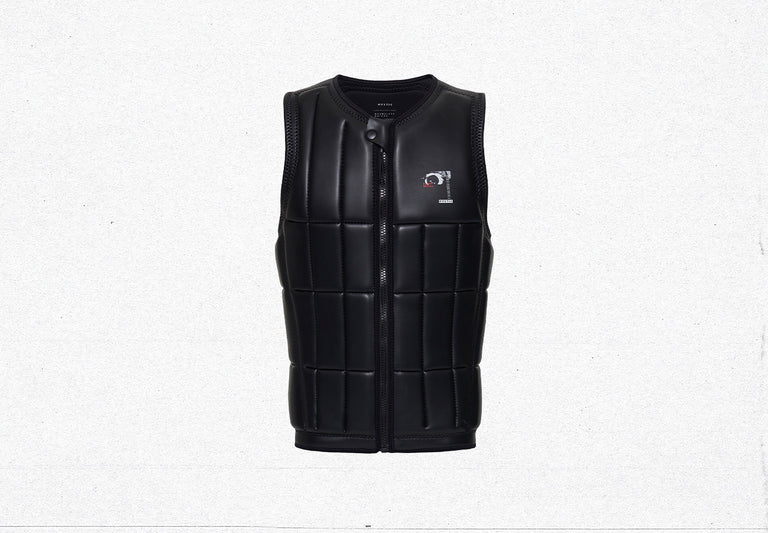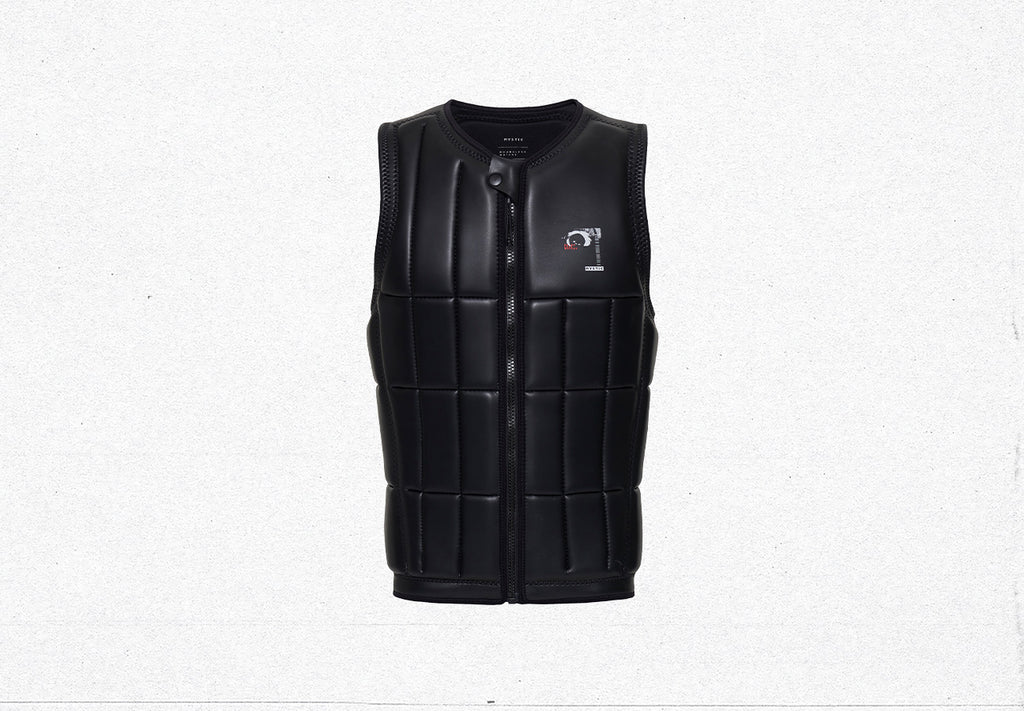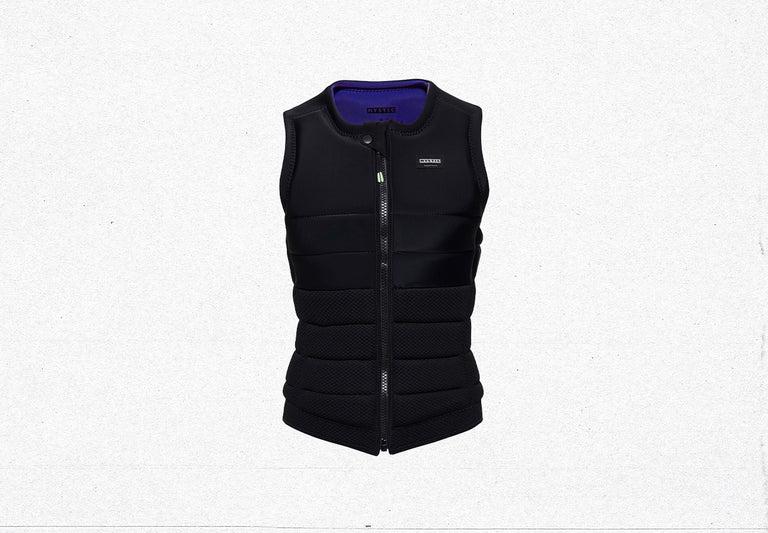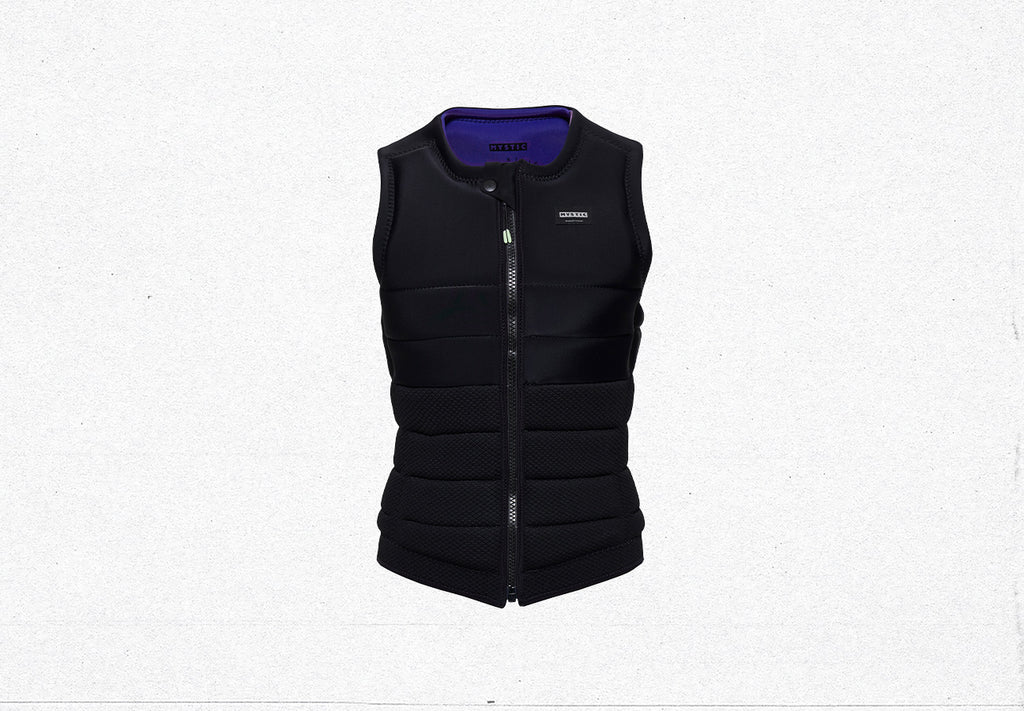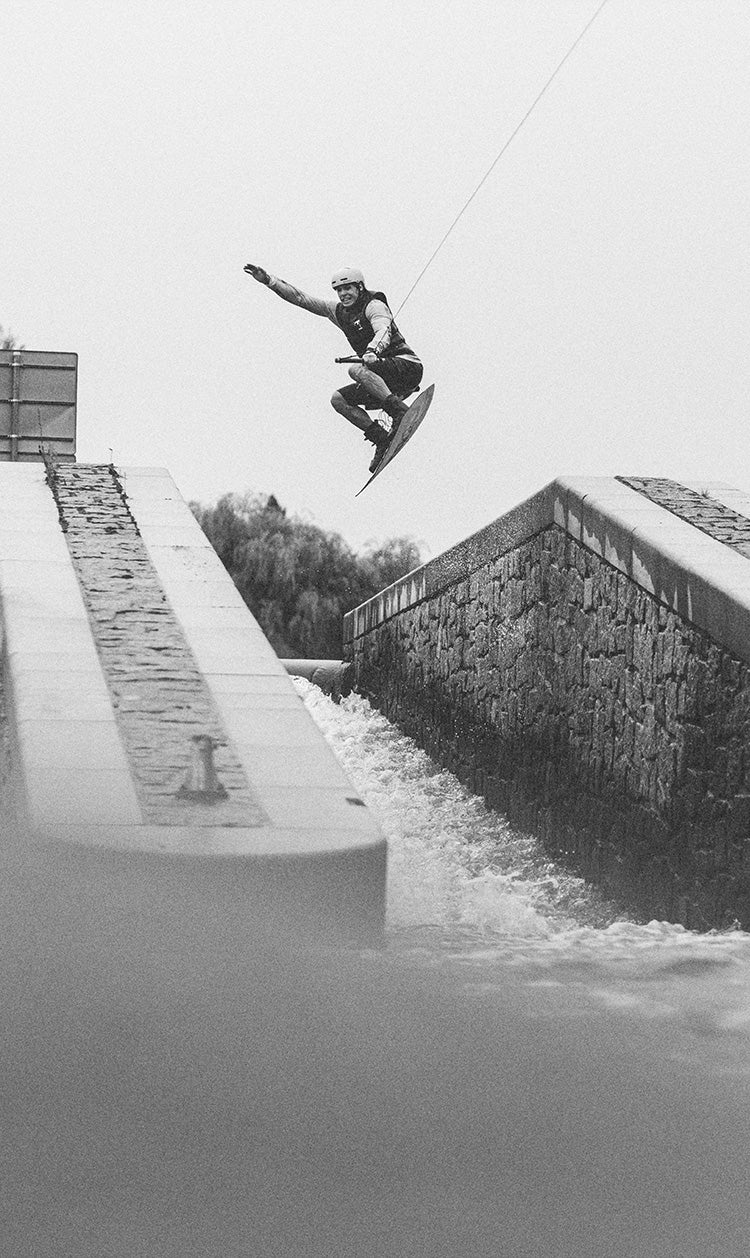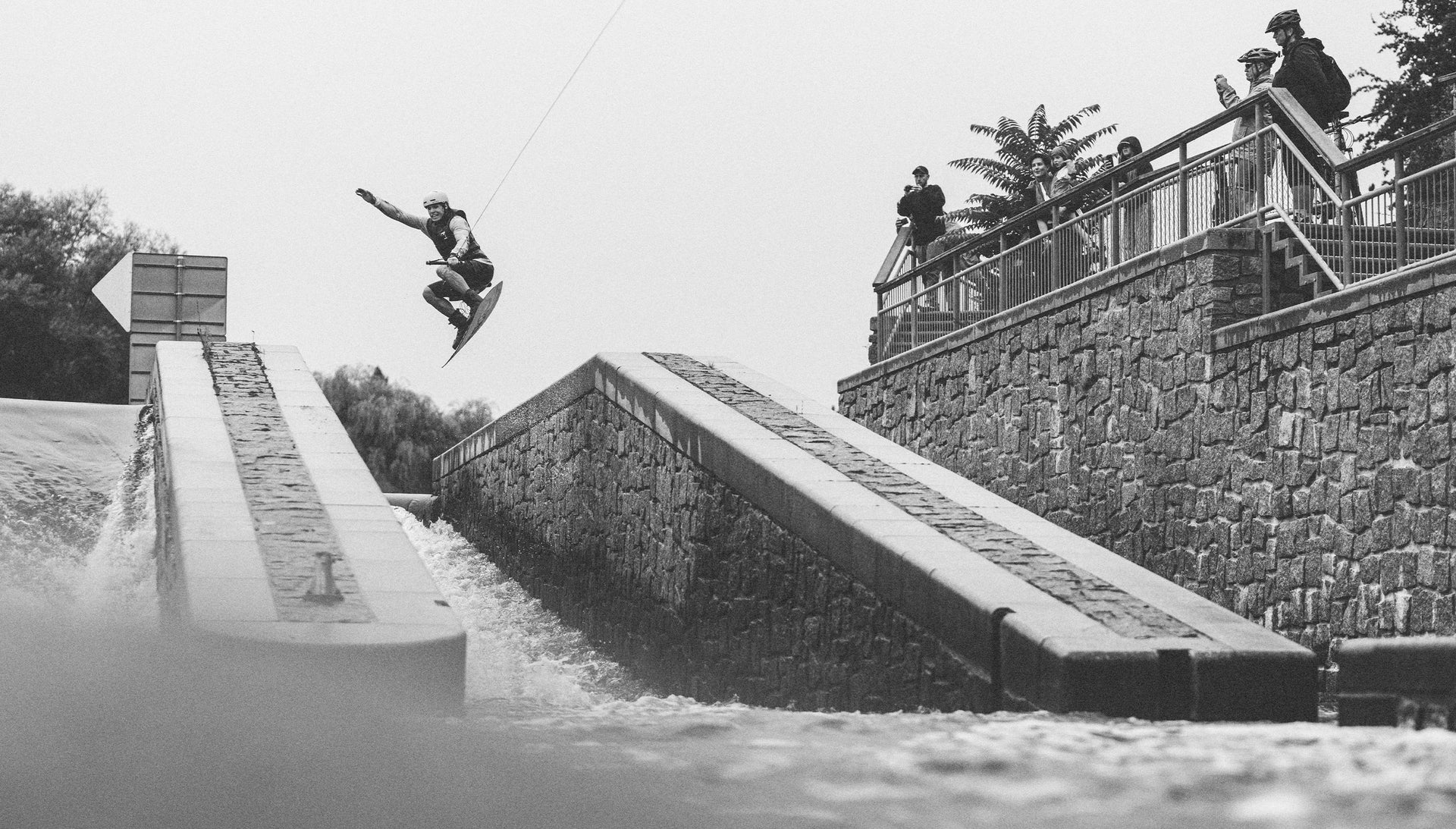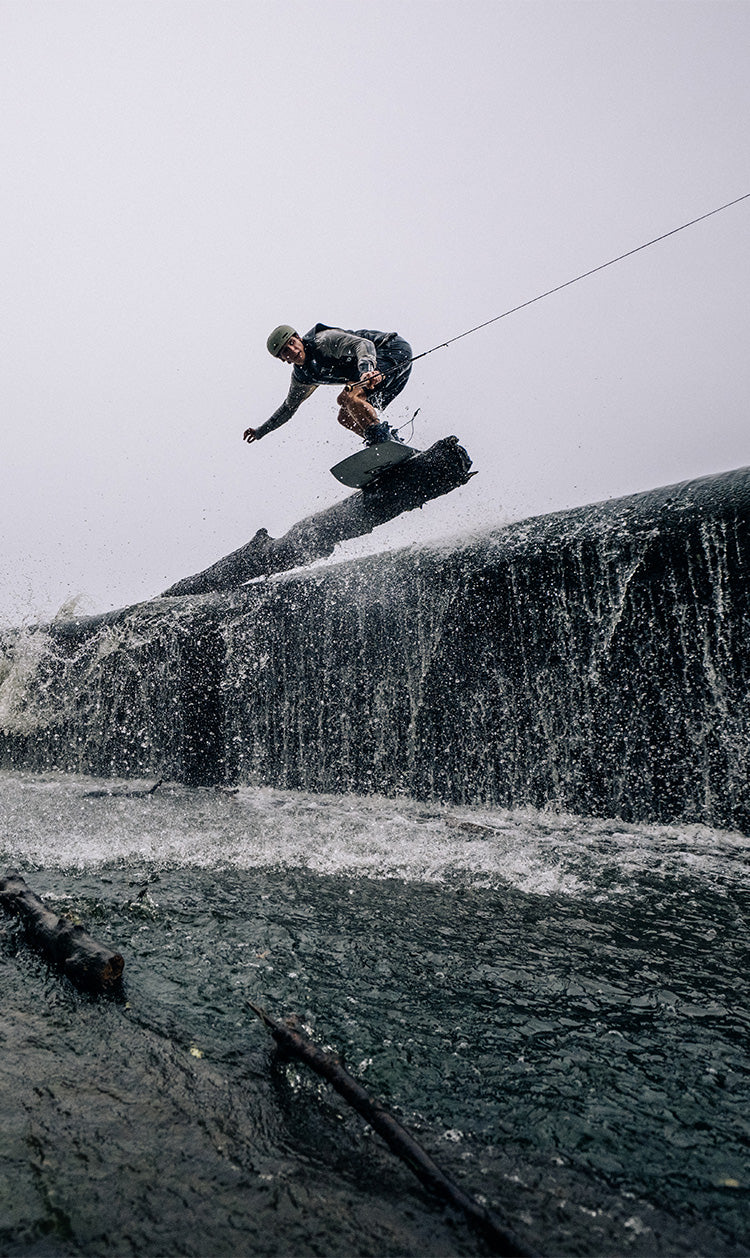
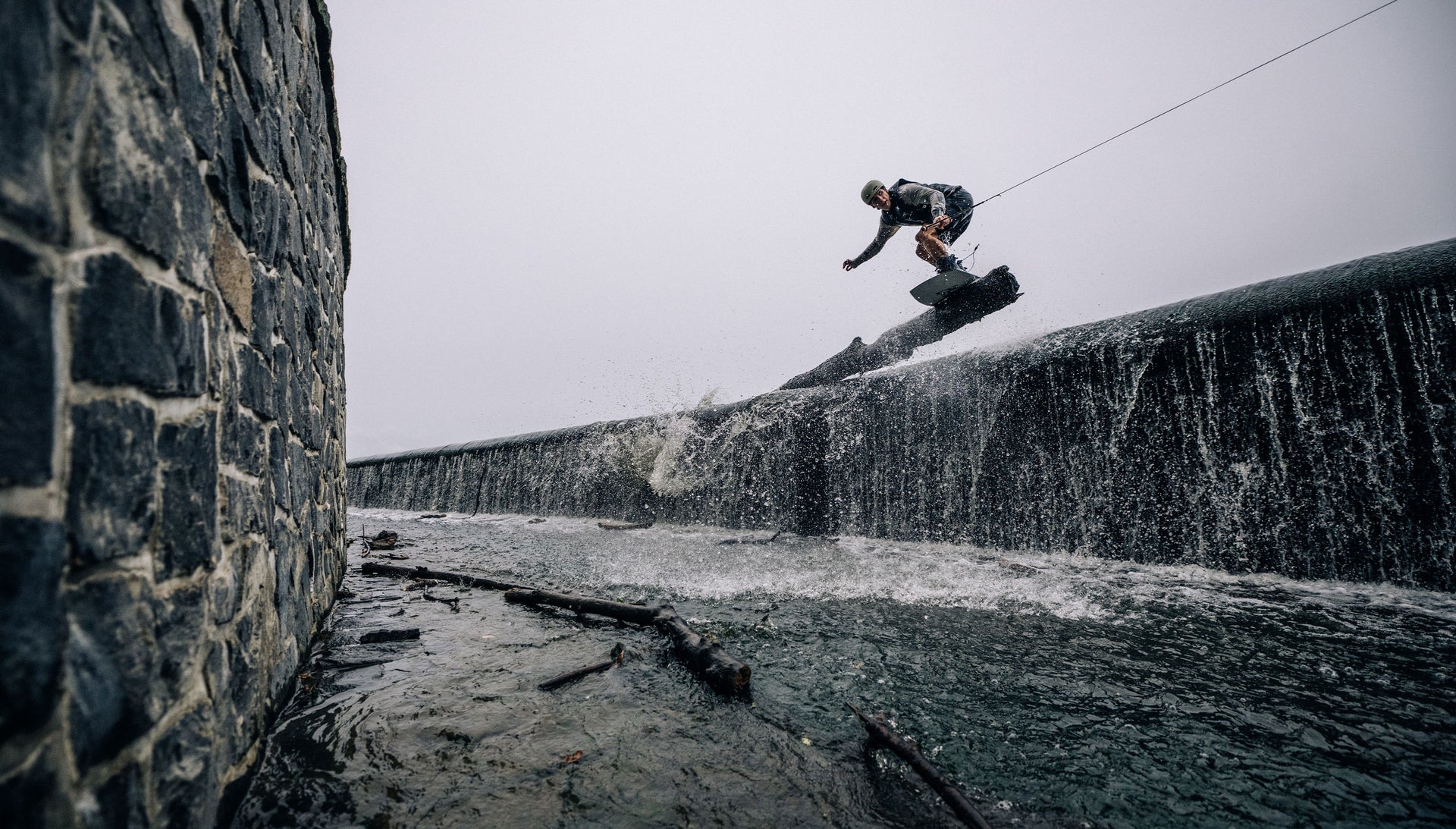
WAKEBOARDING
Feel the thrill of the ride with wakeboarding. Whether you're catching air, mastering tricks, or carving through the water, every moment is an adventure. The water's waiting, are you ready to take on the challenge?
The Complete Guide to Wakeboarding for Beginners
When it comes to watersports, wakeboarding is one of the easiest ways to have fun on the water. There’s no need to wait for the perfect wave or the right wind conditions – just grab a tow, your gear, and you’re set. Whether you’re new to the sport or want to learn more, this guide covers everything on wakeboarding—from its history and essential gear to the vibrant community. Check out the overview below and let’s get started!
Overview
2. What is Wakeboarding?
3. The History of Wakeboarding
4. Wakeboarding Gear
5. Safety Gear
6. How to Wakeboard
7. How to Get Started as a Beginner
8. Wakeboarding Spots
9. Importance of Safety
10. Understanding Wakeboarding Lingo
11. Progressing Your Wakeboarding Skills
12. Why is Wakeboarding So Hard?
13. Wakeboarding Community and Culture
14. Conclusion
What is wakeboarding?
If you break down the word wakeboarding, it really says it all. “Wake” refers to the waves created behind a boat, and “board” is, well, your ride. Wakeboarding started as a behind-the-boat sport, using the boat’s wake as a natural ramp for tricks.
Cable parks became popular in the early to mid-2000s, making wakeboarding even more accessible and affordable. No need for a boat – just show up and ride. These parks are packed with creative obstacles, from rails to kickers, and have become a hub for the wakeboarding community to connect and progress.
Despite common myths, wakeboarding is no more dangerous than other watersports with the right safety equipment and guidance––anyone can do it.
The history of Wakeboarding
Origins and Evolution of Wakeboarding
Wakeboarding has its roots in water skiing, dating back to the 1920s. It wasn’t until the 1980s, that wakeboarding began to take shape. Riders started experimenting with new ways to glide on the water, drawing inspiration from surfing and snowboarding. This fusion of sports gave rise to a whole new way of riding, and today, wakeboarding is a dynamic, ever-evolving sport with diverse styles and techniques.
Within our Men’s Collection there are several options you can pick from. Each option hastheir perks, but a nice entry level is our Majestic Series. Majestic is one of our teamrider's favorites. The Majestic wetsuit series offer maximum comfort and freedom ofmovement. Stay loyal to your royal! Stick to your Majestic.
Key Milestones and Developments
One of the earliest milestones in wakeboarding history was the invention of the Skurfer by Tony Finn in 1985. A San Diego surfer, Finn created a hybrid between a water ski and a surfboard, allowing riders to carve and surf the boat’s wake in ways that hadn’t been possible before. This was the dawn of wakeboarding, although it was still known as skurfing at the time.
A few years later, in 1991, Herb O’Brien made a significant breakthrough with the development of the first compression-molded, neutral-buoyancy wakeboard, the Hyperlite. This board made deepwater starts significantly easier, and wakeboarding even more accessible. It also marked a shift in the technology and design of wakeboards, setting the stage for the specialized gear we see today.
Around the same time, the World Skiboard Association became the World Wakeboarding Association (WWA), solidifying wakeboarding’s status and paving the way for organized competitions and events.

Wakeboarding Gear
Types Choosing
the right board depends on your riding style and skill level:
- Boat Wakeboard: Heavier with sharp edges for control and big air behind the boat.
- Cable Wakeboard: Lighter with reinforced bases for park obstacles and smooth landings.
- Hybrid Wakeboard: Versatile for both boat and cable riding, with a balanced design.
Rocker Types
The board’s curve affects speed and pop:
- Continuous Rocker: Smooth, fast, and predictable for easy cruising.
- 3-Stage Rocker: Aggressive pop for big air and tricks.
- Hybrid Rocker: Combines speed and pop for versatile performance.
Other Considerations
- Design: Shape and channel placement impact performance.
- Brand: Different brands offer unique tech and designs.
- Material: Fiberglass, foam, or carbon fiber for strength and responsiveness.
- Size: Larger for stability (beginners), smaller for maneuverability (advanced).
- Fins: More stability with larger fins (beginners); looser feel with smaller/removable ones (advanced).
Boots (aka Bindings)
Bindings are crucial for control and comfort:
- Flex: Soft for tricks, stiff for speed and support.
- Fit: Snug and comfortable to prevent fatigue.
- Features: Laces, Velcro straps, gummy straps, or BOA system for closure.
- Type: Open-toe for versatility, closed-toe for precision and leverage.
Rope and Handle
For boat riding, choose a non-stretch wakeboard rope and a comfortable handle. A shorter rope is ideal for beginners as it keeps you closer to the boat, where the wake is smaller and more manageable. It also helps with learning tricks by reducing the distance needed to clear the wake.
For freestyle, consider a winch to create your own tow line anywhere.
Safety Gear
Always wear an impact vest and helmet to protect yourself during falls and collisions.
Mystic Impact Vests
Mystic impact vests provide top-notch protection without the bulk, thanks to strategically placed foam blocks. For a minimalist look, choose the Star vest, or go bold with the signature design of The Dom, created in collaboration with our legendary team rider Dominik Hernler.
OUR SAFETY GEAR
Mystic Helmets
Mystic helmets set a new standard in comfort and protection. Our top-sellers, the Vandal Pro and Vandal, feature EPP impact foam that doesn’t absorb water, keeping them lightweight throughout your session. They also have an easy-to-use dial system for a secure fit. For a more budget-friendly option, check out the MK8X, which offers excellent protection without the EPP foam inner shell.
How to Wakeboard
To get up on a wakeboard, begin in a crunched position with your knees bent and your feet shoulder-width apart, positioned centrally on the board. Keep your arms straight and relaxed to allow the upward pull to lift you smoothly out of the water. As you rise, stand facing outwards with your shoulders perpendicular to the boat or cable. Once up, gently rotate your shoulders and hips in the direction you want to go. Maintain your weight evenly distributed, but slightly more on your back foot to keep control. Keep your knees bent and flexible, as this helps absorb any bumps and maintain a stable ride.
How to Get Started as a Beginner
Start at a Cable Park
Opt for a cable park for consistent pulls, calm waters, and a supportive community. Choose a stable, beginner-friendly board and comfortable bindings. Focus on your stance, getting up, and balancing. Avoid common mistakes like leaning back too much or standing up too quickly—slow and steady wins the race.
Taking Wakeboard Lessons
Professional lessons can accelerate your progress by helping you build a solid foundation and correct your form. Look for certified instructors with positive reviews. Consider wakeboarding camps, like those with the Peacock Brothers, or book your next holiday at one of our favorite cable parks. Don’t forget to use online resources and

Wakeboarding Spots
Choosing the right spot is crucial for a smooth learning experience. Calm, controlled environments like lakes or cable parks are ideal, offering minimal distractions and easier conditions for beginners. Look for spots with low boat traffic, clear riding areas, and a welcoming community. Lakes also provide ideal conditions for learning––leave rivers and oceans for later, as their currents and waves pose more challenges.
Importance of Safety
Safety should always come first in wakeboarding. Aside from wearing essential safety gear, always ride in designated areas, follow the park or boat rules, and keep a safe distance from obstacles and other riders. Pay attention to your surroundings, and never push yourself beyond your comfort zone too quickly.
Understanding Wakeboarding Lingo
Here are some key wakeboarding terms to get you up to speed and communicate with other riders:
- Buttering: Riding smoothly on the board’s surface without edging.
- Carving: Making controlled, smooth turns on the water.
- Cutting: Edging the board to gain speed and prepare for a jump.
- Edge: The side of the board used to grip the water for control.
- Pop: The upward lift off the wake when performing jumps.
- Ollie: A jump on flat water without using the wake.
- Kicker: A ramp used to launch into the air for tricks.
- Faceplant: When you fall forward, hitting the water face-first.
- Handle Pass: Passing the handle behind your back during a trick.
- Switch: Riding with your non-dominant foot forward.
Progressing Your Wakeboarding Skills
After mastering the basics—like getting up, finding your balance, and carving—start experimenting with beginner tricks. Begin with small jumps off kickers to get comfortable in the air, then try surface 180s and ollies. As you gain confidence, progress to riding switch (with your non-dominant foot forward) and adding simple one-handed grabs.
For intermediate riders, set clear goals like perfecting switch riding or landing small spins. Focus on refining your technique, improving your edging and body position. Gradually challenge yourself with more complex grabs and larger obstacles at the cable park, building up to more advanced tricks and aerial maneuvers.
Why is Wakeboarding So Hard?
Wakeboarding can be hard for beginners due to the balance, strength, and coordination required. Common struggles include getting up on the board, maintaining a stable stance, and controlling the board’s edge. Compared to water skiing, which uses two skis and allows for more stability, wakeboarding demands more core strength and balance. In contrast to wakesurfing, where the wave provides a steady push, wakeboarding relies on maintaining speed and control with a handle, adding to the difficulty. To overcome the initial learning curve, start slow, focus on your form, and practice basic skills like getting up and carving.
Wakeboarding Community and Culture
The wakeboarding community is vibrant and welcoming, with passionate riders who love the sport. Check out Mystic’s team riders for some of the best in the game. Major events like the Wakeboarding World Championships and Red Bull competitions bring riders together globally. To get involved, join local clubs, attend meet-ups or events at your nearest cable park, and stay connected on social media to share experiences and get tips.
Conclusion
If you’re curious about wakeboarding, now is the perfect time to start. It’s a challenging sport, but the reward of seeing your progress on the water and being part of a great community makes it all worthwhile. Book your first lesson, grab the right gear, or head to your nearest cable park and give it a go—you won’t regret it!


